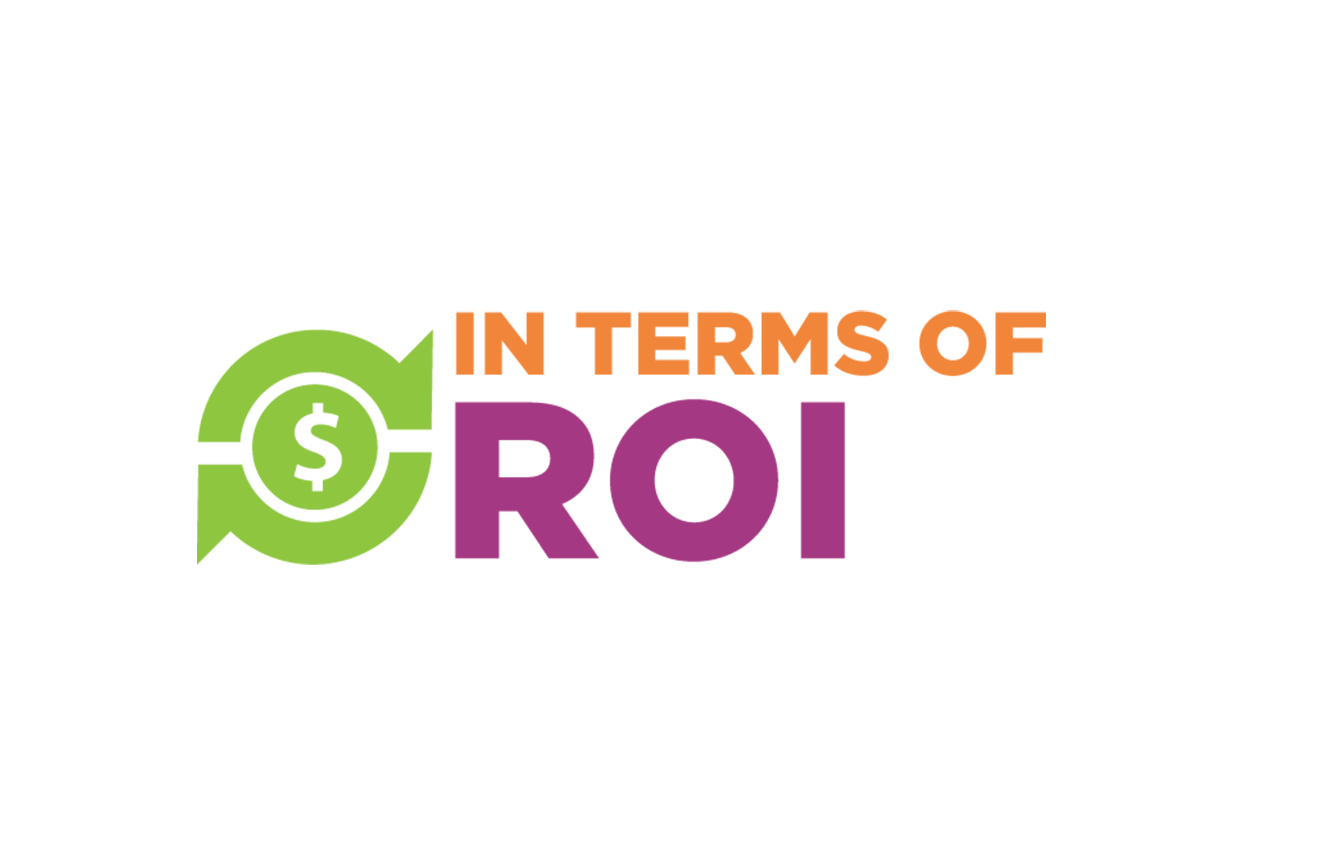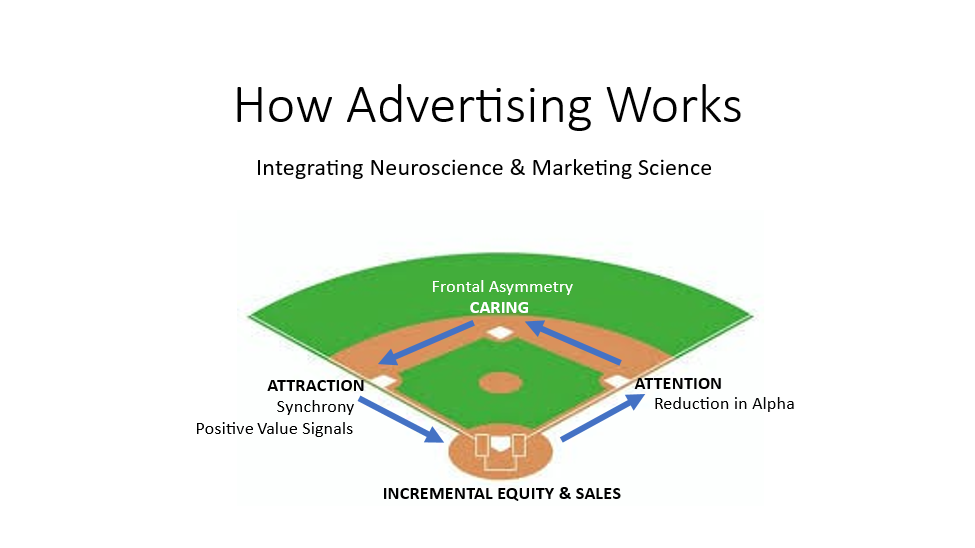Touching All Bases to Make Advertising Work Harder

Thanks to the hard work of a lot of good people, the industry lately has been paying a lot of attention to attention. This is a good thing. Erwin Ephron, Jim Spaeth, and I hoped this would happen when we proposed adding Attention to the ARF Model back in 2002.

You know the old expression “too much of a good thing”. It might have meant many other things in other contexts, but I bring it up here only because – in a lot of the work I’m now doing in the attention arena – I can see that many of us are losing sight of the other levels of the ARF Model, and acting as if attention is the central pivot point in advertising.
It isn’t. It’s actually first base. The home run requires two more bases that must be touched to get to sales and brand equity effectiveness.
Your ad could get a ton of attention but if it does not touch the other two bases you will not see increased sales or brand love.
David Ogilvy in Ogilvy on Advertising said this in his own inimitable way when he said “If I want a high recall score, all I have to do is show a gorilla in a jock strap.”
When I first joined the business, “day-after recall” scores were all the rage. Today it’s attention. They are highly related to one another: in the Meta study in which I participated last year, the outcome metric most highly correlated with attention was ad recall.
Eye tracking is very useful but not quite as definitive in measuring attention as reduction in alpha waves in the brain as measured by EEG. The alpha state is more of a mindful relaxed state taking in everything at once, and when we narrow our focus to select one stimulus on which to focus, that is attention, and that represents a reduction in alpha waves and an increase in beta waves, which are faster vibrations than alpha waves.
In my prior article, Wharton Neuroscientist Elizabeth Johnson (everyone knows her as Zab) commented on the subconscious type of attention where the individual doesn’t even know it happened, but a part of the mind/brain complex noted the ad or something in it, and this too has advertising effectiveness. This can happen without being detected by eye tracking or surveys, for example, only the audio track of the ad might have made an impression on the subconscious. Decades ago, Gallup & Robinson reported that people who said they were not watching the TV show playing on a TV set in their home had 25% of the ad recall level of other people who said they were watching the show.
So, attention is more than the conscious attention that the industry has been focused upon. Thank you, Zab!
What is second base? In the ARF Model, the level just above Attention is called Communication. Looking at it through the lens of neuroscience, however, a more precise measure of second base is positive emotion. Another leading neuroscientist at Wharton, Michael Platt, calls it Joy. He points out exactly where it occurs in the brain. He reports that “Joy while viewing ads predicts ~80% variance in sales”. It might be noted that attention has never been shown to be that highly predictive of advertising sales effect – the stats I have seen are all below ~30%.
In the image above I call second base “Caring” – meaning they may have paid conscious or subconscious attention but did they care about it? And was it a positive caring or a negative caring?
It is worth pointing out that Michael’s stats are based on brain measurements not on asking people questions or reading their facial expressions, which are blunter instruments for detecting second base has been touched.
Michael’s data shows that it takes about 5 seconds for the Joy to set in, and it takes 15 seconds to peak. Since attention research always shows that 1-2 seconds is the average attention given to digital advertising (there are exceptions), we can understand why this form of advertising has a reminder effect, fine for stimulating ongoing purchase of a brand, but not so good at growing the brand user base.
Richy Davidson, another top neuroscientist it was my honor to work with years ago, invented today’s standard method of reading emotional valence based on frontal asymmetry in brain activity.
Third base is called Persuasion in the ARF Model, which is very closely aligned with neuroscience which measures attraction to the brand. Wharton measures this with EEG based on the neural similarity across audience members in a probably novel application of Synchrony to forecasting, which predicts more than 90% of the variance in sales. fMRI is also used to measure Value Signals and both measures track well with each other. EEG is better at measuring things second by second and fMRI is better at measuring specific spots in the brain.
Nothing else I have ever seen predicts ~90% of sales. This is a major achievement.
If you miss a base as you run around the baseball diamond, you are not going to get a home run. Let’s avoid the temptation of reductionism, oversimplification, over-reliance on one dimension of what is needed for success in advertising. To not prioritize all three dimensions, one is underthinking it.
Posted at MediaVillage through the Thought Leadership self-publishing platform.
Click the social buttons to share this story with colleagues and friends.
The opinions expressed here are the author's views and do not necessarily represent the views of MediaVillage.org/MyersBizNet.


